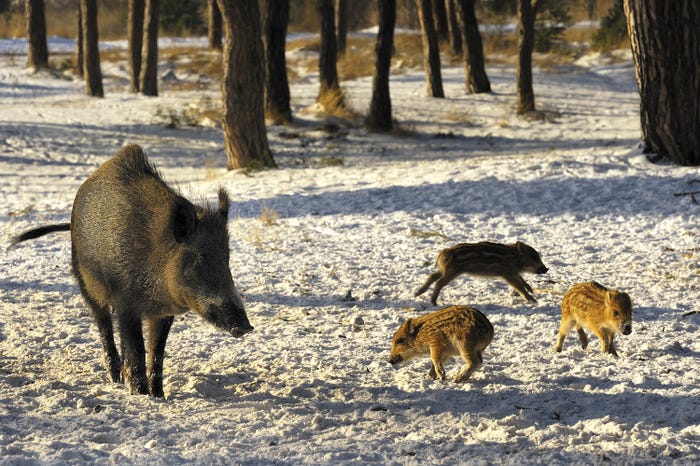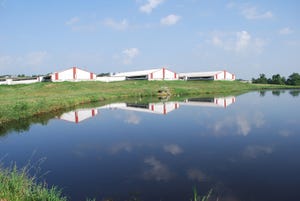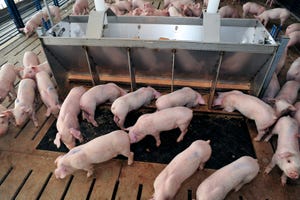thumbnail.png?width=700&auto=webp&quality=80&disable=upscale)
Farming Business Management.png?width=700&auto=webp&quality=80&disable=upscale)
Farmer sentiment declines to lowest level since June 2022 amid weakened financial outlookFarmer sentiment declines to lowest level since June 2022 amid weakened financial outlook
Worries regarding the current financial situation on farms and anticipated financial challenges cause a decline in U.S. farmer sentiment.
Subscribe to Our Newsletters
National Hog Farmer is the source for hog production, management and market news











.jpg?width=300&auto=webp&quality=80&disable=upscale)


























